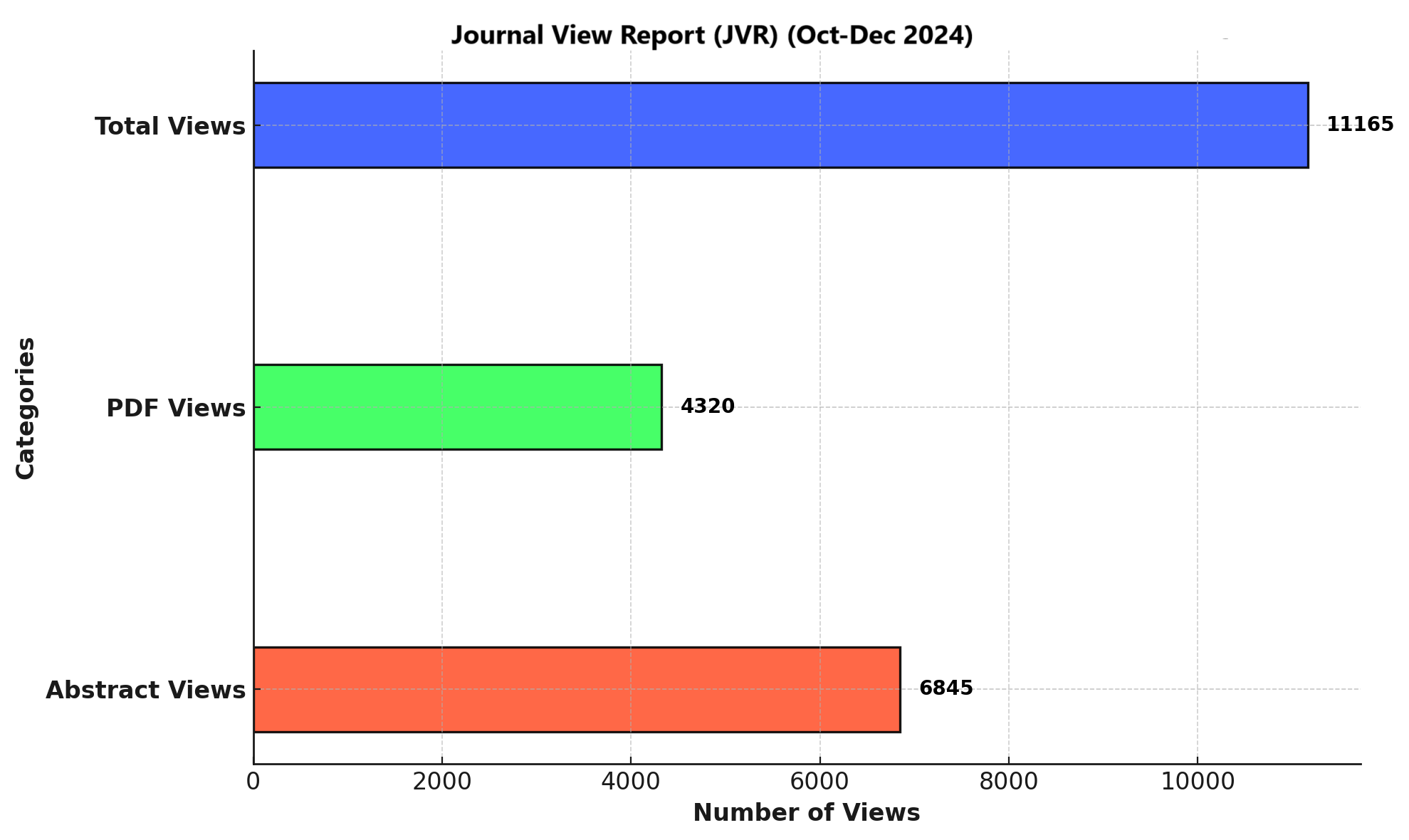Preoperative factors influencing knee-flexion range of motion after total knee arthroplasty in patients with knee osteoarthritis
DOI:
https://doi.org/10.71000/q5qmhj51Keywords:
Knee arthroplasty, Knee osteoarthritis, Knee joint, Range of motion, Tibiofemoral angle, Treatment outcome, Varus deformityAbstract
Background: Knee osteoarthritis (OA) is a leading cause of pain and disability in the elderly, often managed effectively with total knee arthroplasty (TKA). Postoperative range of motion (ROM) is a critical determinant of functional recovery and patient satisfaction. While several factors affect surgical outcomes, the specific influence of preoperative knee flexion angle and tibiofemoral alignment on postoperative ROM remains underexplored and clinically relevant for optimizing patient outcomes.
Objective: To evaluate the impact of preoperative knee flexion angle and tibiofemoral angle on postoperative range of motion in patients undergoing TKA for knee osteoarthritis.
Methods: A cross-sectional study was conducted at the Department of Orthopedics, PAEC General Hospital, Islamabad, from January 1 to December 31, 2024. Ninety-four patients diagnosed with knee OA and scheduled for primary TKA were enrolled. Preoperative and postoperative knee flexion angles were measured using a 30-cm universal goniometer, while tibiofemoral angles were assessed from standard weight-bearing long-leg radiographs. All surgeries were performed using a consistent cemented technique. Postoperative ROM was evaluated at three months. Data were analyzed using IBM SPSS version 22. Pearson’s correlation and linear regression were used to assess associations and predictive strength. A p-value ≤ 0.05 was considered statistically significant.
Results: The mean age was 64.5 ± 6.8 years; 57.4% were female. The mean preoperative knee flexion angle was 102.3° ± 13.8°, which improved to 107.1° ± 10.5° postoperatively (p < 0.001). The tibiofemoral angle improved from 182.1° ± 10.8° to 177.0° ± 3.5° (p < 0.001). Preoperative flexion (r = 0.372, p < 0.001) and tibiofemoral angle (r = -0.291, p = 0.006) were significantly correlated with postoperative flexion. Regression analysis identified preoperative flexion (β = 0.65, p < 0.001) and tibiofemoral angle (β = -0.22, p = 0.01) as significant predictors, accounting for 29% of variance in postoperative ROM (adjusted R² = 0.29).
Conclusion: Preoperative knee flexion and tibiofemoral alignment significantly influence postoperative ROM in TKA. Patients with better preoperative flexion and varus alignment tend to achieve improved postoperative flexion. Early surgical intervention and individualized preoperative evaluation are essential for optimal outcomes. Future multicenter studies with larger cohorts and extended follow-up are warranted.
Downloads
Published
Issue
Section
License
Copyright (c) 2025 Hafiz Muhammad Noman, Shaheen Iqbal, Sarmad Nasir Janjua, Fanzer Khan, Saman Habib, Nabeel Anwar (Author)

This work is licensed under a Creative Commons Attribution-NonCommercial-NoDerivatives 4.0 International License.







